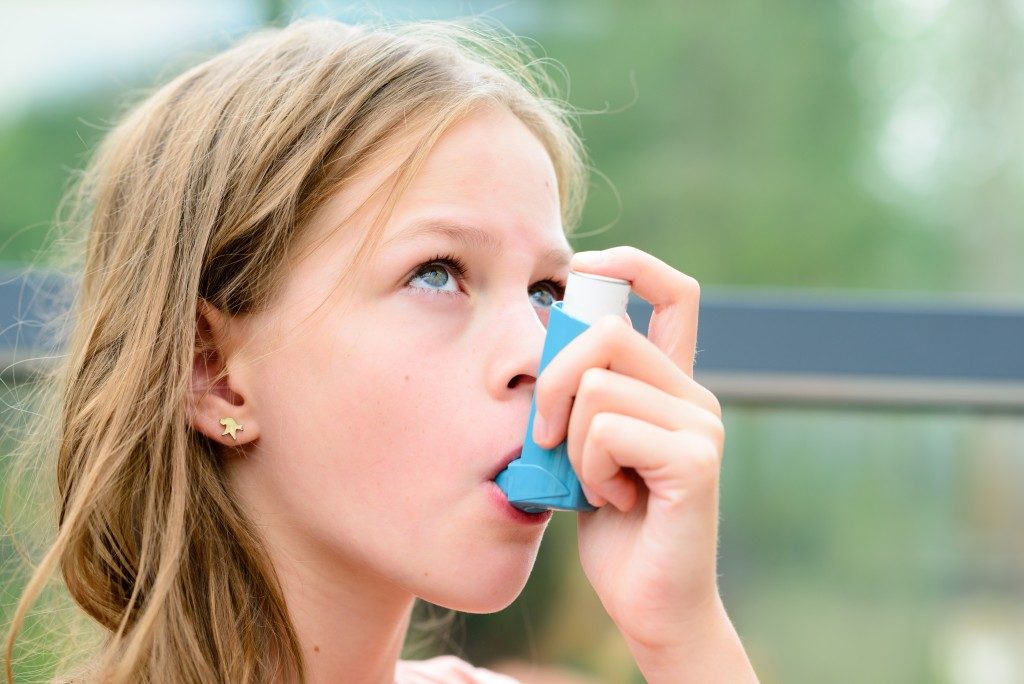Spring is the season for asthma attacks and allergies. Unknown to many, these two often occur together because the same allergens that trigger an allergic reaction also lead to an asthma attack. Connecting these two would also explain why allergies sometimes have the same symptoms as asthma: labored breathing, wheezing and constricted air passages.
People with asthma or severe allergies should know where to buy Prime Asthma Relief kits and other medications. They should have inhalers on their pockets or purses for emergencies. Some individuals with really severe allergies even wear an allergy bracelet to let medical staff know their condition.
Let’s take a look at some of the more common asthma and allergy triggers, so you can try to avoid exposure to them.
Pollen

Spring is often the season for allergy and asthma attacks because of pollen. When temperatures become warmer, people naturally gravitate outdoors for a breath of fresh air. The problem is the air they breathe contains millions of pollen grains because this is the time when plants and flowers germinate.
Pollen is carried in the air by the wind as well as birds and insects. It goes by unnoticed, but individuals who are sensitive to pollen experience symptoms such as sneezing, runny nose, itchy ears, mouth and throat, as well as watery and itchy eyes. When pollen is inhaled and gets into the lungs of a person with asthma, it can then trigger an attack.
You can prevent both allergy and asthma attacks caused by pollen by monitoring the days and times when there is a high concentration of pollen in the air. Some cities track this and inform residents so that they can avoid grassy areas or fields. Kids with allergies and asthma should be advised to stay indoors and not play in open areas during these times.
Pollution
Strong odors, fumes and aromas, as well as dust and dirt also trigger asthma. Staying in a clean environment such as a room free of dust mites and molds helps keep asthma attacks at bay. However, there is only so much you can do.
Once a person steps outside, he is immediately exposed to exhaust fumes, dust smoke, and more pollutants. At the same time, people working in manufacturing plants and allergies are exposed to allergens and triggers. Chemical fumes, gas, dust particles and even wood shavings can also cause asthma attacks.
The best course of action for this case is to take long-term maintenance medication for asthma. Wearing respiratory protection gear such as a facemask or goggles can also keep pollutants away from your system, to a certain degree. Finally, always have allergy medicine and inhalers ready. Asthma patients and those with severe allergies should also inform their workplaces of their condition. This way, the management and staff will be aware and prepared that they could have an attack any time.
Pets and specific food groups can also trigger asthma and allergies. Some are allergic to nuts, strawberries or seafood. Knowing which food to avoid can help prevent life-threatening attacks. Having “rescue” medicine such as inhalers can also save your life, so make sure to always have one with you.
While there is no permanent cure for asthma, you can take steps to ensure your safety whether at home or in public places.

